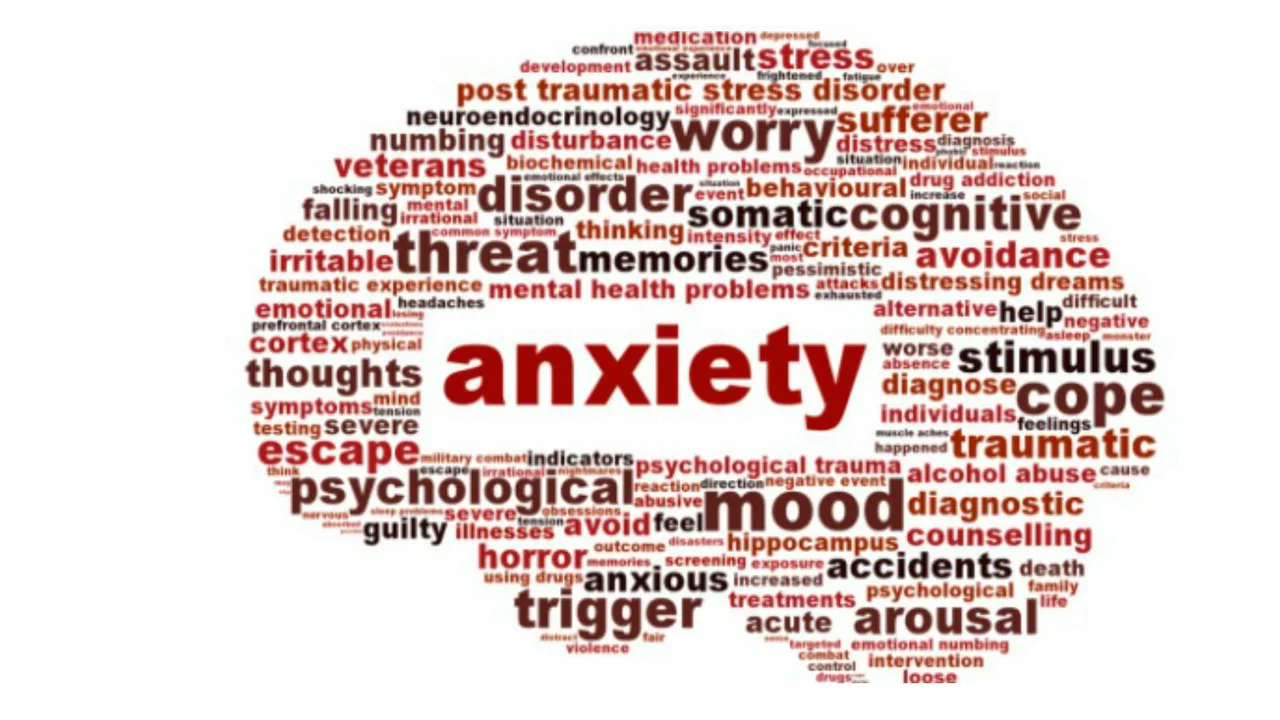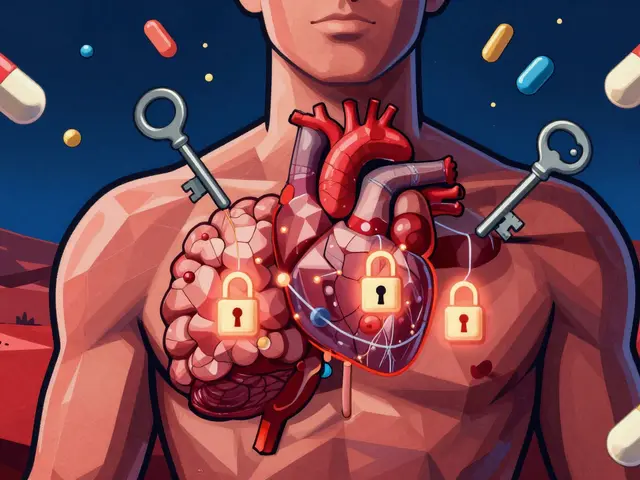Posttraumatic Stress Disorder – What You Need to Know Right Now
If you’ve heard the term PTSD but aren’t sure what it really means, you’re not alone. It’s a condition that shows up after scary or life‑changing events, and it can affect anyone—no matter age or background.
Typical signs that shouldn’t be ignored
Most people think PTSD is just about flashbacks, but the reality is broader. Common clues include:
- Reliving the event over and over in dreams or thoughts.
- Avoiding places, people, or activities that remind you of what happened.
- Feeling on edge, having trouble sleeping, or getting startled easily.
- Negative thoughts about yourself or the world—like believing nothing is safe anymore.
If these symptoms stick around for more than a month and mess up daily life, it’s time to think about professional help.
Practical ways to cope while you get support
While waiting for an appointment or if therapy feels out of reach, try these simple steps:
- Grounding exercises. Focus on your senses—name five things you can see, four you can touch, three you hear, two you smell, and one you taste. It pulls the mind away from distressing memories.
- Regular physical activity. Even a short walk boosts mood‑regulating chemicals and reduces anxiety.
- Sleep routine. Go to bed at the same time, keep the room dark, and avoid screens an hour before sleep. Good rest can lower irritability.
- Talk it out. Share what you feel with a trusted friend or family member. You don’t need to detail everything—just let them know you’re struggling.
These tips aren’t a cure, but they can make the day‑to‑day load lighter while you line up professional treatment.
When you’re ready for formal care, several evidence‑based options exist:
- Cognitive‑behavioral therapy (CBT). A therapist helps you reframe scary thoughts and slowly face triggers in a safe way.
- Eye Movement Desensitization and Reprocessing (EMDR). This technique uses guided eye movements while recalling the trauma, easing its emotional charge.
- Medication. Certain antidepressants can ease anxiety and improve sleep. Only a doctor can decide if this fits your situation.
Choosing the right mix often depends on personal preference, severity of symptoms, and access to services. Many people find a combination works best.
Our site also offers articles that touch on related health topics you might find useful while dealing with PTSD:
- How to Buy Solian Online: Where to Purchase Safely and Legally – for anyone managing mental‑health meds.
- Personalized Antihistamine Therapy: Seasonal Allergy Relief in 2025 – because allergies can worsen stress.
- Top Viagra Substitute Trends in Europe – a look at how sexual health concerns intersect with mental well‑being.
These pieces aren’t direct PTSD guides, but they show the range of health information we cover. If you’re curious about medication safety or alternative treatments, they’re good places to start.
Remember, PTSD is a medical condition—not a sign of weakness. Reaching out for help is a strong move, and small daily habits can add up to real relief. Keep an eye on your symptoms, try the grounding tricks, and don’t hesitate to talk to a professional when you’re ready.






